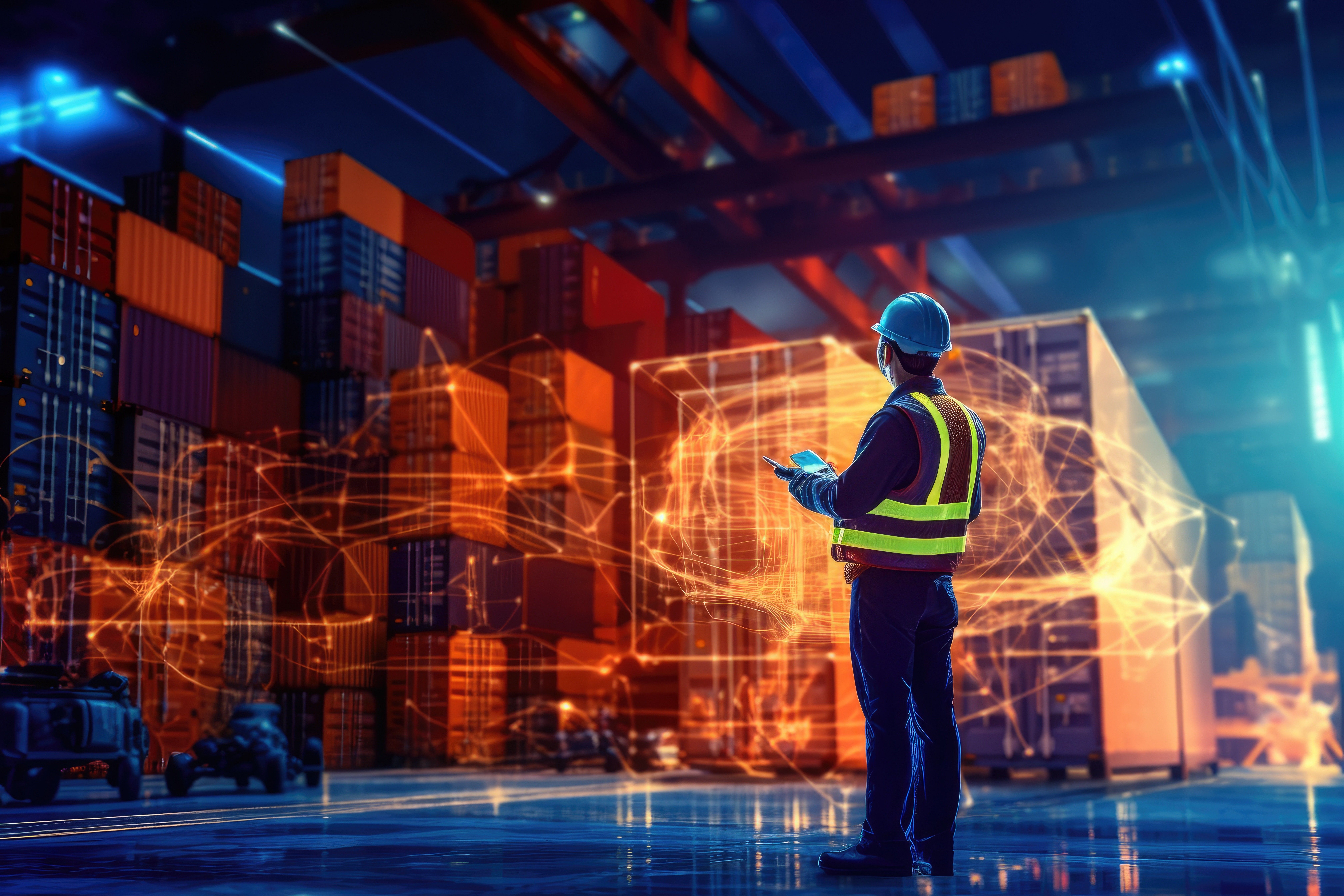The Connected Worker: Key for Improving Factory Automation in 2024 and Beyond
The landscape of factory automation is rapidly transforming, with connected workers playing a pivotal role. These workers, equipped with digital tools and real-time data, bridge the gap between traditional labor and automated technologies. Their evolving role involves interpreting machine outputs, ensuring smooth operations, and adapting to new technologies — making them indispensable in modern manufacturing environments.
Human-machine collaboration has become a cornerstone in the industrial sector, driving efficiency and innovation. This partnership leverages human ingenuity and machine precision, leading to enhanced productivity and safety. The human element in this equation brings critical thinking and problem-solving skills, which are essential for handling complex scenarios that automated systems alone may not navigate effectively.
The Role of the Connected Worker in Modern Factories
In modern factories, connected workers are seamlessly integrated with advanced automation technologies and Internet of Things (IoT) solutions. This integration empowers workers with real-time insights and control over automated processes, which enhances their ability to respond swiftly to changes. The use of wearables, mobile devices, and smart interfaces enables these workers to interact efficiently with automated systems — fostering a more responsive and adaptable manufacturing environment.
Connected manufacturing practices in automated environments significantly boost operational efficiency and productivity. Their ability to quickly interpret data from automated systems and make informed decisions leads to reduced downtime and optimized workflows. This symbiosis between human expertise and machine efficiency results in higher quality outputs, faster turnaround times, and overall improved performance metrics in factory settings.
Enhancing Automation with Human Expertise
Skilled personnel play a crucial role in the management, monitoring, and maintenance of automated systems. Their expertise ensures that these systems operate at peak efficiency and are quickly adjusted or repaired when needed. This human oversight is vital for maintaining the reliability and longevity of automation technologies, ultimately ensuring continuous production without significant interruptions.
The manufacturing industry requires human intervention, especially in producing critical parts for vehicles or aircraft. Machine learning enhances the speed and accuracy of inspections, but human-machine collaboration is necessary to ensure that the parts meet safety and quality standards.
Real-Time Data Access and Analytics
Data plays a vital role in the decision-making process of connected workers. Access to real-time data helps them make informed decisions, anticipate issues, and optimize processes. This continuous flow of information from sensors and machines helps workers stay ahead of potential problems and enhances their ability to respond effectively to changing production needs.
Analytics have significantly empowered workers in the manufacturing sector, enhancing operational management through various applications. For instance, a car parts manufacturer might use analytics to analyze sensor data and predict potential issues, thereby reducing the risk of product recalls and boosting customer satisfaction.
Similarly, analytics optimize supply chain management by analyzing data from suppliers, transportation providers, and logistics partners. For example, a clothing manufacturer can use this approach to identify the most efficient transportation routes and modes, and to forecast demand for specific products, thereby improving delivery times and customer satisfaction.
A machinery manufacturer also can use analytics to monitor equipment performance and schedule maintenance, reducing downtime and increasing equipment efficiency. Additionally, a McKinsey report highlights that leading manufacturers are leveraging data and analytics, AI, and machine learning to transform their operations. These transformations have led to increased production capacity, reduced material losses, improved customer service, and reduced environmental impact.
Future Trends in Factory Automation
The future of factory automation is shaped by emerging trends and technologies. Predictive analytics, 5G connectivity, and collaborative robots are some of the key developments expected to revolutionize factory floors. These advancements will further enhance the capabilities of connected workers, allowing for more efficient, flexible, and intelligent manufacturing processes:
- Predictive analytics: Utilizing data to foresee and mitigate potential issues in manufacturing processes.
- 5G connectivity: Enabling faster, more reliable communication between machines and systems.
- Collaborative robots: Robots working alongside humans to improve efficiency and safety.
- Augmented reality (AR) and virtual reality (VR): These technologies will be used for training, maintenance, and enhancing the operational visibility of the manufacturing process.
- Edge computing: Processing data closer to the source to reduce latency and improve response times in manufacturing operations.
- Sustainable manufacturing: Incorporating eco-friendly practices and technologies to reduce environmental impact and comply with regulatory standards.
- Customization and personalization: Leveraging automation for more flexible production lines capable of handling bespoke and personalized product manufacturing.
AI and machine learning are increasingly becoming integral to human-machine collaboration. These technologies enable machines to learn from experiences, predict outcomes, and make autonomous decisions, augmenting human capabilities. This growing emphasis on AI will lead to smarter automation solutions where human workers and intelligent machines work in tandem for superior results.
Conclusion
Connected workers have emerged as a vital component in the ecosystem of factory automation, bringing a unique blend of human intuition and digital prowess. Their roles in managing, monitoring, and enhancing automated processes have proven to be invaluable for operational efficiency, productivity, and innovation in manufacturing.
The future of human-machine collaboration in factory automation looks promising, with continuous advancements in technology empowering connected workers like never before. As we move into 2024 and beyond, this collaboration will evolve, leading to more intelligent, efficient, and adaptive manufacturing environments that leverage the best of both worlds.
